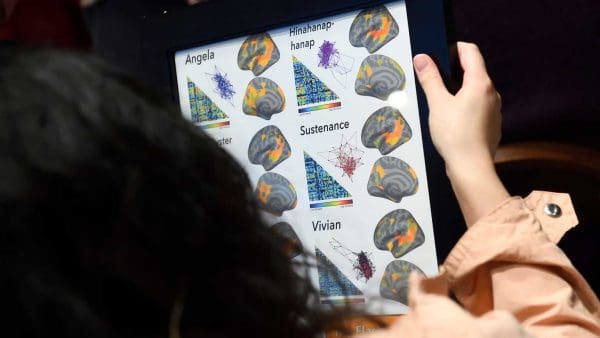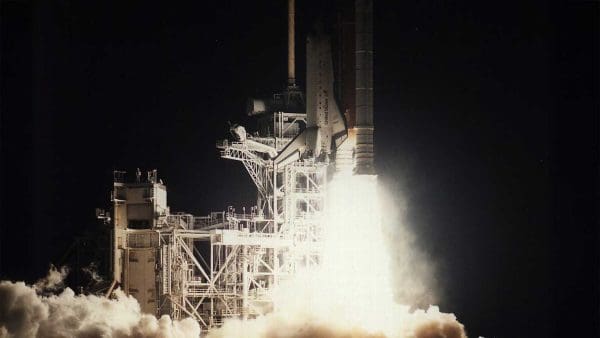“What we found may be just the tip of an iceberg, which may have profound implications and explain a lot of unknown things in the universe.”
—Associate Professor Andrei Gritsan
Department of Physics and Astronomy
On July 4, 2012, researchers at the Large Hadron Collider (LHC) in Geneva, Switzerland, announced the discovery of a new subatomic particle. By colliding protons traveling at 99.9999991 percent the speed of light, physicists like Gritsan were able to detect the sudden emergence of a particle that contained qualities consistent with the Higgs boson—a particle many believe could answer some of the most fundamental questions about the universe and life within it.
“This is a type of matter or energy that has existed for billions of years but has never been seen before,” explains Gritsan, who led a team of experts looking for one type of the Higgs boson decay (with two Z bosons) at the LHC. “We do not know yet where it will lead us. If this turns out to be the Higgs boson, then this means that everything around us contains fields that give mass to particles, including the Higgs boson itself, even when we think there is nothing there. Even the vacuum of space is no longer empty.”
Such a field could explain the origin of practically everything. In the very early moments of the universe, massless particles mysteriously interacted and gained mass, which formed the building blocks for matter as we know it. The Higgs boson and its field, or whatever Gritsan and his colleagues have found, are likely responsible for this critical transformation. “The whole evolution of the universe depended on this field. Due to this field’s existence, our sun is shining. This field holds us together. Without it, tiny particles in our body would quickly disintegrate, along with the particles of everything else.”
A better understanding of the Higgs boson could predict the future of the universe as well. After all, if this newly discovered field is within us, and within the rest of the universe, will it hold us all together indefinitely? Is the field stable? As is so often the case, by answering one of science’s great questions, Gritsan and the physicists at the LHC have given birth to countless more. “We have a lot of hard work to do,” says Gritsan.





